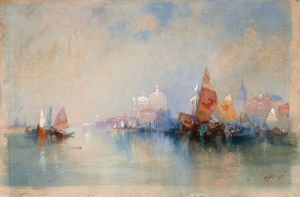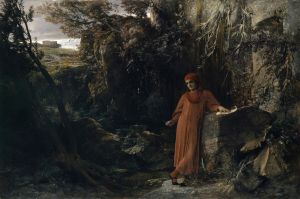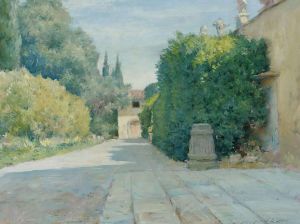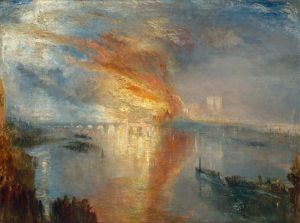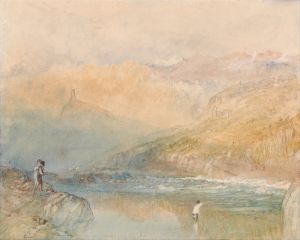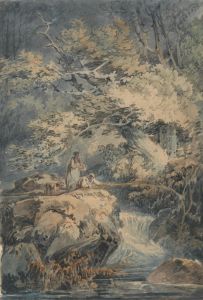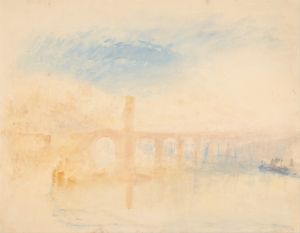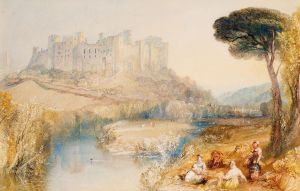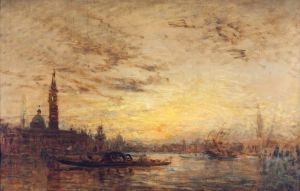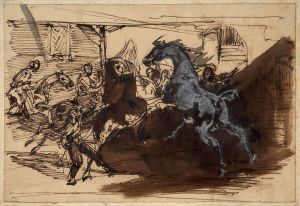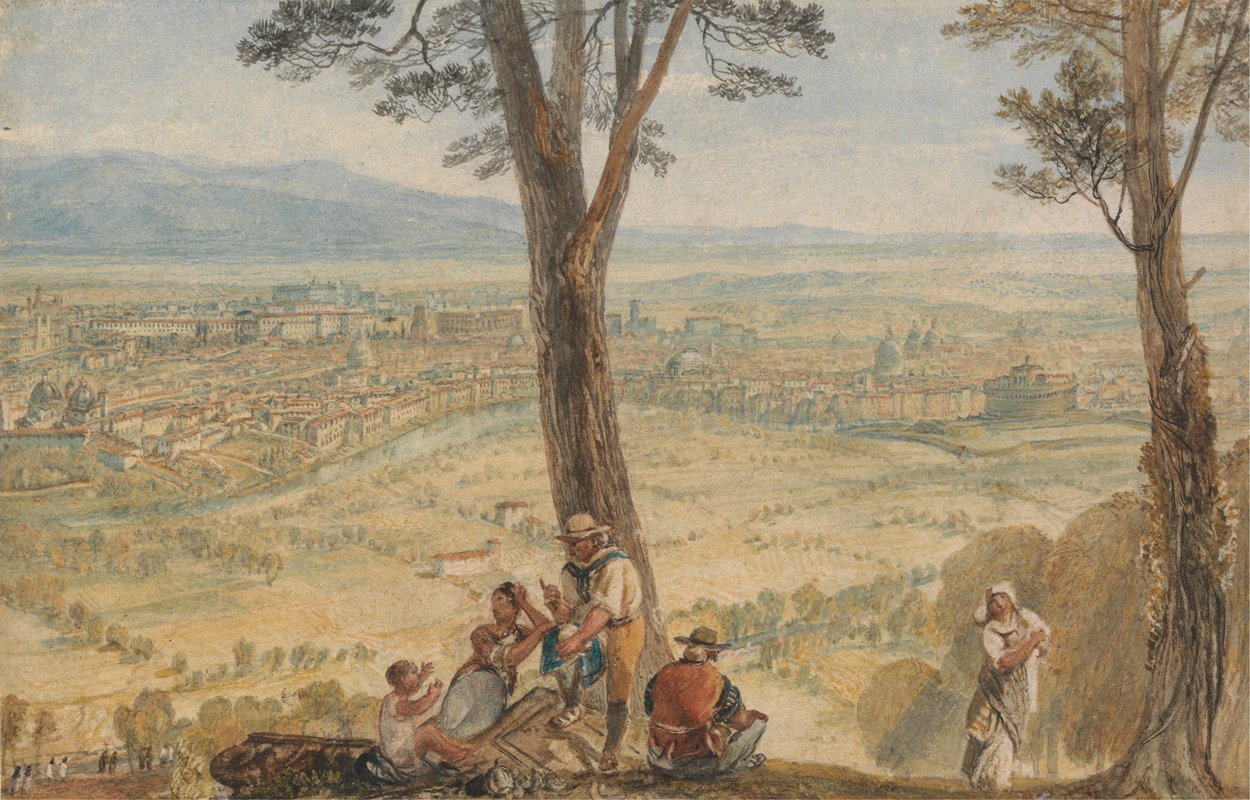
Rome from Monte Mario
A hand-painted replica of Joseph Mallord William Turner’s masterpiece Rome from Monte Mario, meticulously crafted by professional artists to capture the true essence of the original. Each piece is created with museum-quality canvas and rare mineral pigments, carefully painted by experienced artists with delicate brushstrokes and rich, layered colors to perfectly recreate the texture of the original artwork. Unlike machine-printed reproductions, this hand-painted version brings the painting to life, infused with the artist’s emotions and skill in every stroke. Whether for personal collection or home decoration, it instantly elevates the artistic atmosphere of any space.
"Rome from Monte Mario" is a painting by the renowned British artist Joseph Mallord William Turner, commonly known as J.M.W. Turner. Turner, born in 1775, is celebrated for his expressive colorization, imaginative landscapes, and turbulent marine paintings. He is often regarded as a key figure in the Romantic movement and a precursor to Impressionism.
This particular painting, "Rome from Monte Mario," was completed in 1820. It is one of Turner's many works that capture the Italian landscape, a subject he was deeply fascinated by during his travels. Turner first visited Italy in 1819, a trip that profoundly influenced his artistic style and subject matter. The Italian landscape, with its rich history and dramatic vistas, provided Turner with a wealth of inspiration.
Monte Mario is a hill in Rome, offering a panoramic view of the city. In this painting, Turner captures the expansive view from this vantage point, showcasing his mastery in rendering light and atmosphere. The painting depicts the city of Rome bathed in a warm, golden light, a characteristic feature of Turner's work that highlights his interest in the effects of light and weather.
Turner's depiction of Rome is not just a topographical representation but also an exploration of the city's historical and cultural significance. The painting includes various identifiable landmarks of Rome, such as St. Peter's Basilica, which is a focal point in the composition. Turner's use of light and color imbues the scene with a sense of timelessness and grandeur, reflecting the city's ancient heritage and its enduring influence on art and culture.
The painting is executed in oil on canvas, a medium Turner frequently used to achieve the rich textures and vibrant colors that characterize his work. His technique often involved layering colors and using glazes to create depth and luminosity, a method evident in "Rome from Monte Mario."
Turner's work during this period reflects his transition from traditional landscape painting to a more atmospheric and expressive style. His Italian landscapes, including "Rome from Monte Mario," are noted for their innovative use of color and light, which would later influence the Impressionists.
"Rome from Monte Mario" is part of the collection at Tate Britain, where it is preserved as an important example of Turner's contribution to landscape painting. The painting not only showcases Turner's technical skill but also his ability to convey the emotional and historical resonance of a place.
In summary, "Rome from Monte Mario" is a testament to J.M.W. Turner's genius in capturing the essence of a landscape through his unique use of light and color. It reflects his deep appreciation for the Italian landscape and his ability to transform a simple view into a profound artistic statement.





